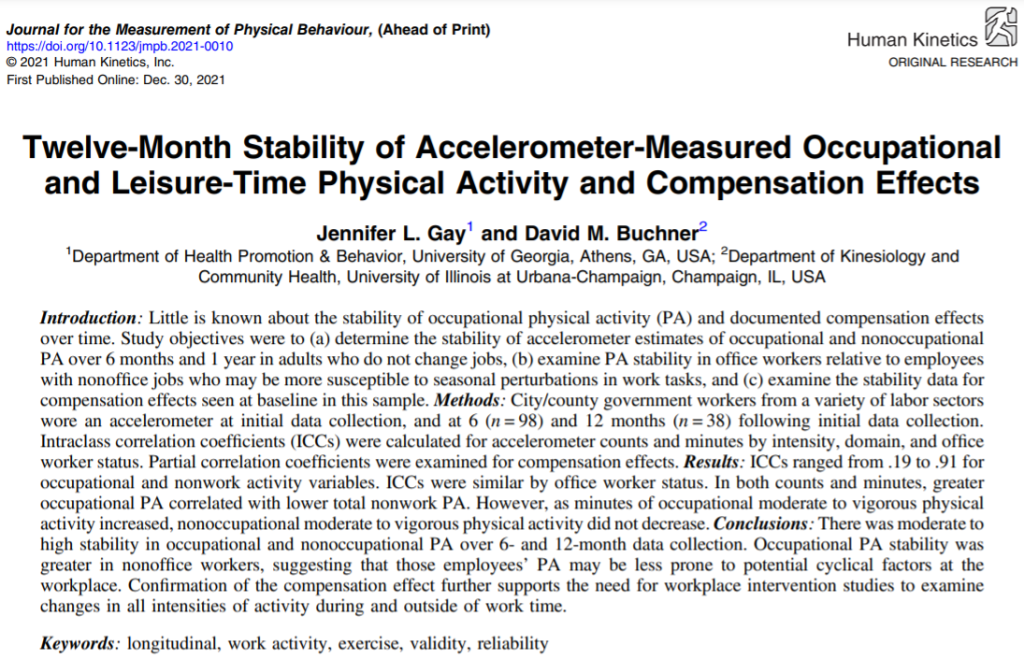Dr. Allison Smith led a research study into the physiological and psychological health concerns related to competitive cheerleading. In her sample all cheerleaders had low energy availability and more than half had both low energy availability with increased risk of disordered eating. The female athlete triad also consists of low bone mineral density and menstrual dysfunction, which Dr. Smith had a relatively high prevalence among her cheerleading sample.
Dr. Allison Smith recently received her PhD from the University of South Carolina, and is now faculty at the University of Louisiana at Lafayette. Dr. Jennifer Gay served on her dissertation committee and is co-author on the published study. The full article is published online.




